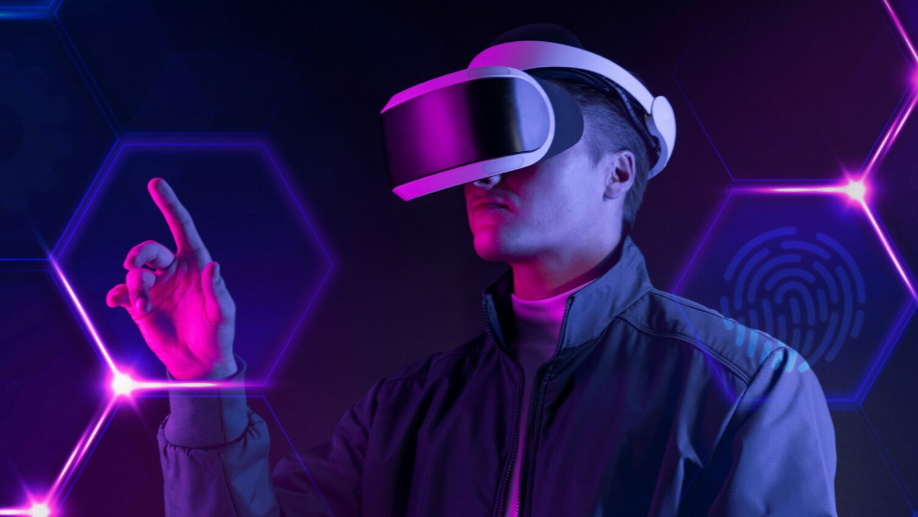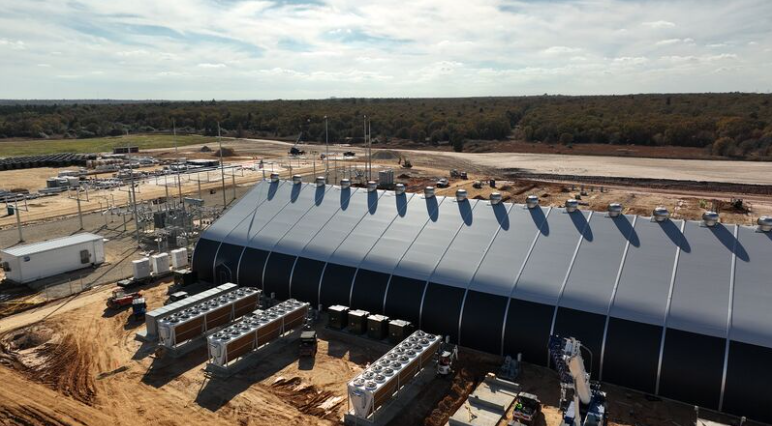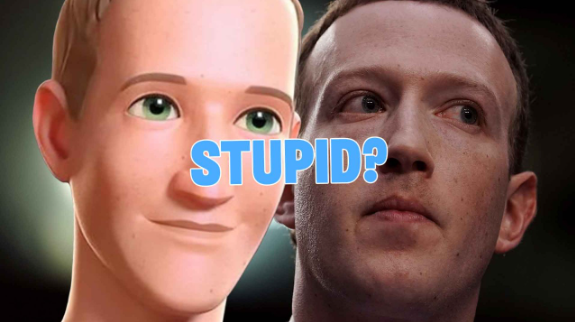The metaverse is a concept of a persistent, online, 3D universe that combines multiple different virtual spaces. You can think of it as a future iteration of the internet. The metaverse will allow users to work, meet, game, and socialize together in these 3D spaces.
The metaverse isn’t fully in existence, but some platforms contain metaverse-like elements. Video games currently provide the closest metaverse experience on offer. Developers have pushed the boundaries of what a game is through hosting in-game events and creating virtual economies.
Although not required, cryptocurrencies can be a great fit for a metaverse. They allow for creating a digital economy with different types of utility tokens and virtual collectibles (NFTs). The metaverse would also benefit from the use of crypto wallets, such as Trust Wallet and MetaMask. Also, blockchain technology can provide transparent and reliable governance systems.
Blockchain, metaverse-like applications already exist and provide people with liveable incomes. Axie Infinity is one play-to-earn game that many users play to support their income. SecondLive and Decentraland are other examples of successfully mixing the blockchain world and virtual reality apps.
When we look to the future, big tech giants are trying to lead the way. However, the decentralized aspects of the blockchain industry is letting smaller players participate in the metaverse’s development as well.
Introduction
The connections between the financial, virtual, and physical worlds have become increasingly linked. The devices we use to manage our lives give us access to almost anything we want at the touch of a button. The crypto ecosystem hasn’t escaped this either. NFTs, blockchain games, and crypto payments aren’t just limited to crypto geeks anymore. They’re now all easily available as part of a developing metaverse.
What’s the definition of a metaverse?
The metaverse is a concept of an online, 3D, virtual space connecting users in all aspects of their lives. It would connect multiple platforms, similar to the internet containing different websites accessible through a single browser.
The concept was developed in the science-fiction novel Snow Crash by Neal Stephenson. However, while the idea of a metaverse was once fiction, it now looks like it could be a reality in the future.
The metaverse will be driven by augmented reality, with each user controlling a character or avatar. For example, you might take a mixed reality meeting with an Oculus VR headset in your virtual office, finish work and relax in a blockchain-based game, and then manage your crypto portfolio and finances all inside the metaverse.
You can already see some aspects of the metaverse in existing virtual video game worlds. Games like Second Life and Fortnite or work socialization tools like Gather.town bring together multiple elements of our lives into online worlds. While these applications are not the metaverse, they are somewhat similar. The metaverse still doesn’t exist yet.
Besides supporting gaming or social media, the metaverse will combine economies, digital identity, decentralized governance, and other applications. Even today, user creation and ownership of valuable items and currencies help develop a single, united metaverse. All these features provide blockchain the potential to power this future technology.
Why are video games linked to the metaverse?
Because of the emphasis on 3D virtual reality, video games offer the closest metaverse experience currently. This point isn’t just because they are 3D, though. Video games now offer services and features that cross over into other aspects of our lives. The video game Roblox even hosts virtual events like concerts and meetups. Players don’t just play the game anymore; they also use it for other activities and parts of their lives in “cyberspace”. For example, in the multiplayer game Fortnite, 12.3 million players took part in Travis Scott’s virtual in-game music tour.
How does crypto fit into the metaverse?
Gaming provides the 3D aspect of the metaverse but doesn’t cover everything needed in a virtual world that can cover all aspects of life. Crypto can offer the other key parts required, such as digital proof of ownership, transfer of value, governance, and accessibility. But what do these mean exactly?
If, in the future, we work, socialize, and even purchase virtual items in the metaverse, we need a secure way of showing ownership. We also need to feel safe transferring these items and money around the metaverse. Finally, we will also want to play a role in the decision-making taking place in the metaverse if it will be such a large part of our lives.
Some video games contain some basic solutions already, but many developers use crypto and blockchain instead as a better option. Blockchain provides a decentralized and transparent way of dealing with the topics, while video-game development is more centralized.
Blockchain developers also take influence from the video game world too. Gamification is common in Decentralized Finance (DeFi) and GameFi. It seems there will be enough similarities in the future that the two worlds may become even more integrated. The key aspects of blockchain suited to the metaverse are:
Digital proof of ownership: By owning a wallet with access to your private keys, you can instantly prove ownership of activity or an asset on the blockchain. For example, you could show an exact transcript of your transactions on the blockchain while at work to show accountability. A wallet is one of the most secure and robust methods for establishing a digital identity and proof of ownership.
Digital collectibility: Just as we can establish who owns something, we can also show that an item is original and unique. For a metaverse looking to incorporate more real-life activities, this is important. Through NFTs, we can create objects that are 100% unique and can never be copied exactly or forged. A blockchain can also represent ownership of physical items.
Transfer of value: A metaverse will need a way to transfer value securely that users trust. In-game currencies in multiplayer games are less secure than crypto on a blockchain. If users spend large amounts of time in the metaverse and even earn money there, they will need a reliable currency.
Governance: The ability to control the rules of your interaction with the metaverse should also be important for users. In real life, we can have voting rights in companies and elect leaders and governments. The metaverse will also need ways to implement fair governance, and blockchain is already a proven way of doing this.
Accessibility: Creating a wallet is open to anyone around the world on public blockchains. Unlike a bank account, you don’t need to pay any money or provide any details. This makes it one of the most accessible ways to manage finances and an online, digital identity.
Interoperability: Blockchain technology is continuously improving compatibility between different platforms. Projects like Polkadot (DOT) and Avalanche (AVAX) allow for creating custom blockchains that can interact with each other. A single metaverse will need to connect multiple projects, and blockchain technology already has solutions for this.
What is a metaverse job?
As we mentioned, the metaverse will combine all aspects of life in one place. While many people already work at home, in the metaverse, you will be able to enter a 3D office and interact with your colleagues’ avatars. Your job may also be metaverse related and provide you with income directly usable in the metaverse. In fact, these kinds of jobs already exist in a similar form.
GameFi and play-to-earn models now provide steady income streams for people worldwide. These online jobs are great candidates for metaverse implementation in the future, as they show that people are willing to spend their time living and earning in virtual worlds. Play-to-earn games like Axie Infinity and Gods Unchained don’t even have 3D worlds or avatars. However, it’s the principle that they could be part of the metaverse as a way to earn money entirely in the online world.
Metaverse examples
While we don’t yet have a single, linked metaverse, we have plenty of platforms and projects similar to the metaverse. Typically, these also incorporate NFTs and other blockchain elements. Let’s look at three examples:
SecondLive
SecondLive is a 3D virtual environment where users control avatars for socializing, learning, and business. The project also has an NFT marketplace for swapping collectibles. In September 2020, SecondLive hosted Binance Smart Chain’s Harvest Festival as part of its first anniversary. The virtual expo showcased different projects in the BSC ecosystem for users to explore and interact with.
Axie Infinity
Axie Infinity is a play-to-earn game that’s provided players in developing countries an opportunity to earn consistent income. By purchasing or being gifted three creatures known as Axies, a player can start farming the Smooth Love Potion (SLP) token. When sold on the open market, someone could make roughly $200 to $1000 (USD) depending on how much they play and the market price.
While Axie Infinity doesn’t provide a singular 3D character or avatar, it gives users the opportunity for a metaverse-like job. You might have already heard the famous story of Filipinos using it as an alternative to full-time employment or welfare.
Decentraland
Decentraland is an online, digital world that combines social elements with cryptocurrencies, NFTs, and virtual real estate. On top of this, players also take an active role in the governance of the platform. Like other blockchain games, NFTs are used to represent cosmetic collectibles. They’re also used for LAND, 16×16 meter land parcels that users can purchase in the game with the cryptocurrency MANA. The combination of all of these creates a complex crypto-economy.
What’s the future of the metaverse?
Facebook is one of the loudest voices for the creation of a unified metaverse. This is particularly interesting for a crypto-powered metaverse due to Facebook’s Diem stablecoin project. Mark Zuckerberg has explicitly mentioned his plans to use a metaverse project to support remote work and improve financial opportunities for people in developing countries. Facebook’s ownership of social media, communication, and crypto platforms give it a good start combining all these worlds into one. Other large tech companies are also targeting the creation of a metaverse, including Microsoft, Apple, and Google.
When it comes to a crypto-powered metaverse, further integration between NFT marketplaces and 3D virtual universes seems like the next step. NFT holders can already sell their goods from multiple sources on marketplaces like OpenSea and BakerySwap, but there isn’t yet a popular 3D platform for this. At a bigger scale, blockchain developers might develop popular metaverse-like applications with more organic users than a large tech giant.
Closing thoughts
While a single, united metaverse is likely a long way off, we already can see developments that may lead to its creation. It looks to be yet another sci-fi use case for blockchain technology and cryptocurrencies. If we will ever really reach the point of a metaverse is unsure. But in the meantime, we can already experience metaverse-like projects and continue to integrate blockchain more into our daily lives.













